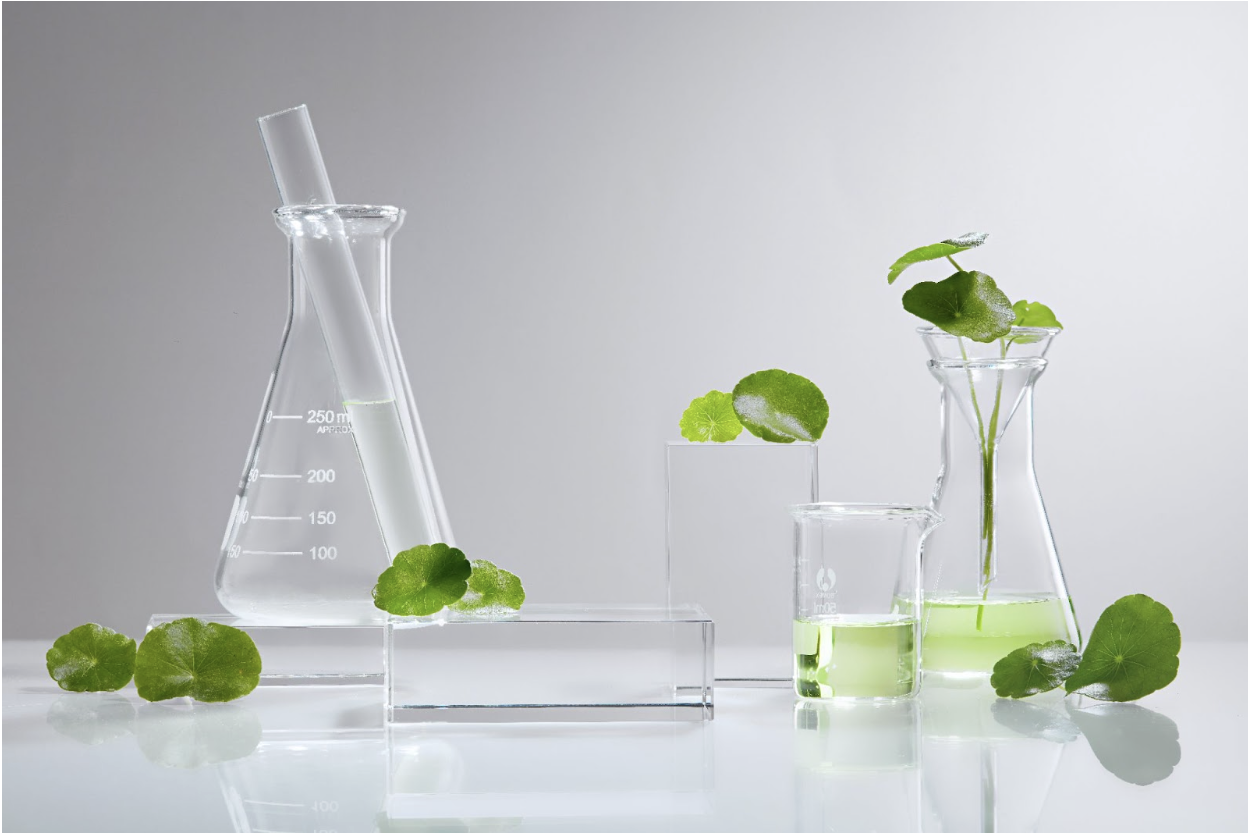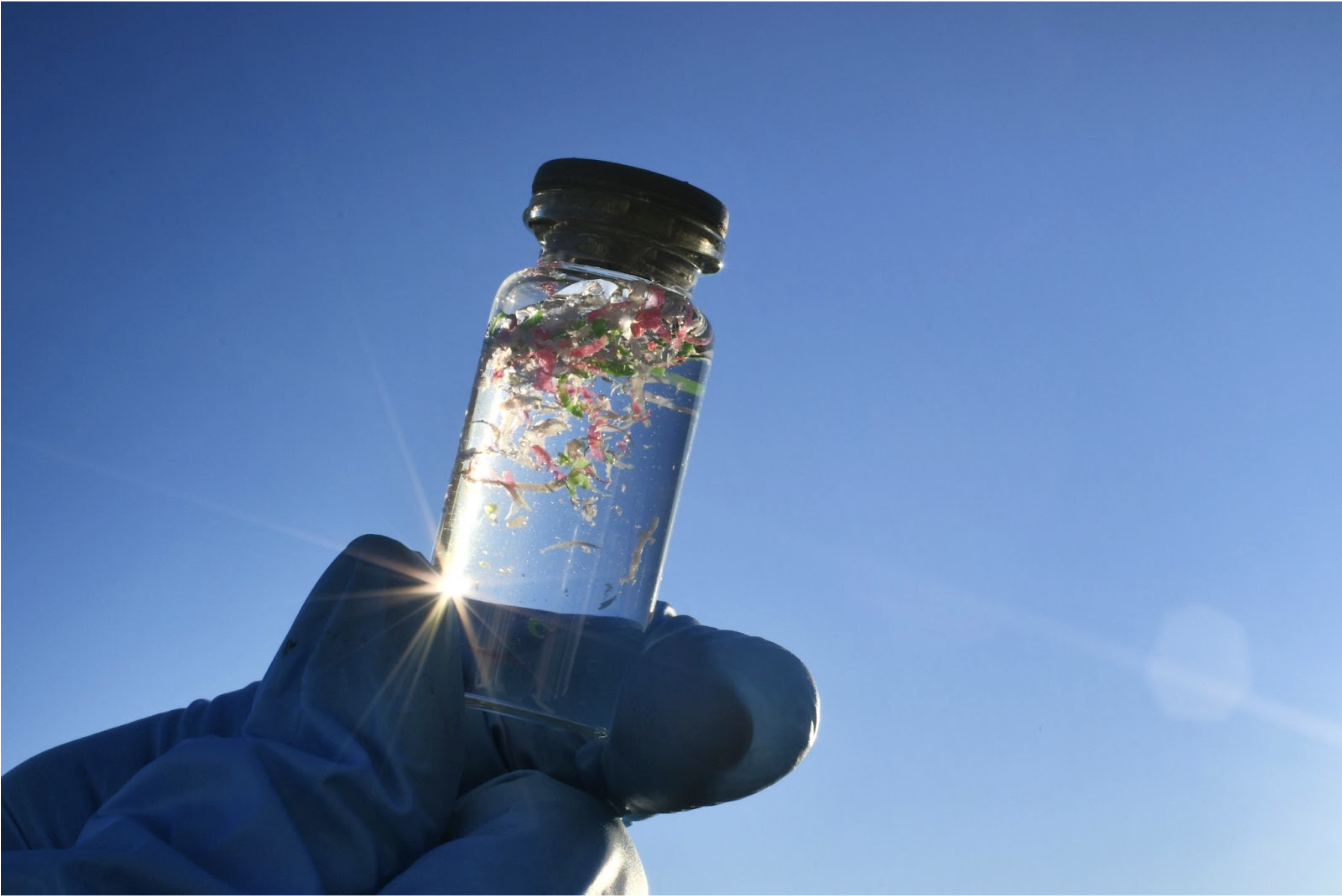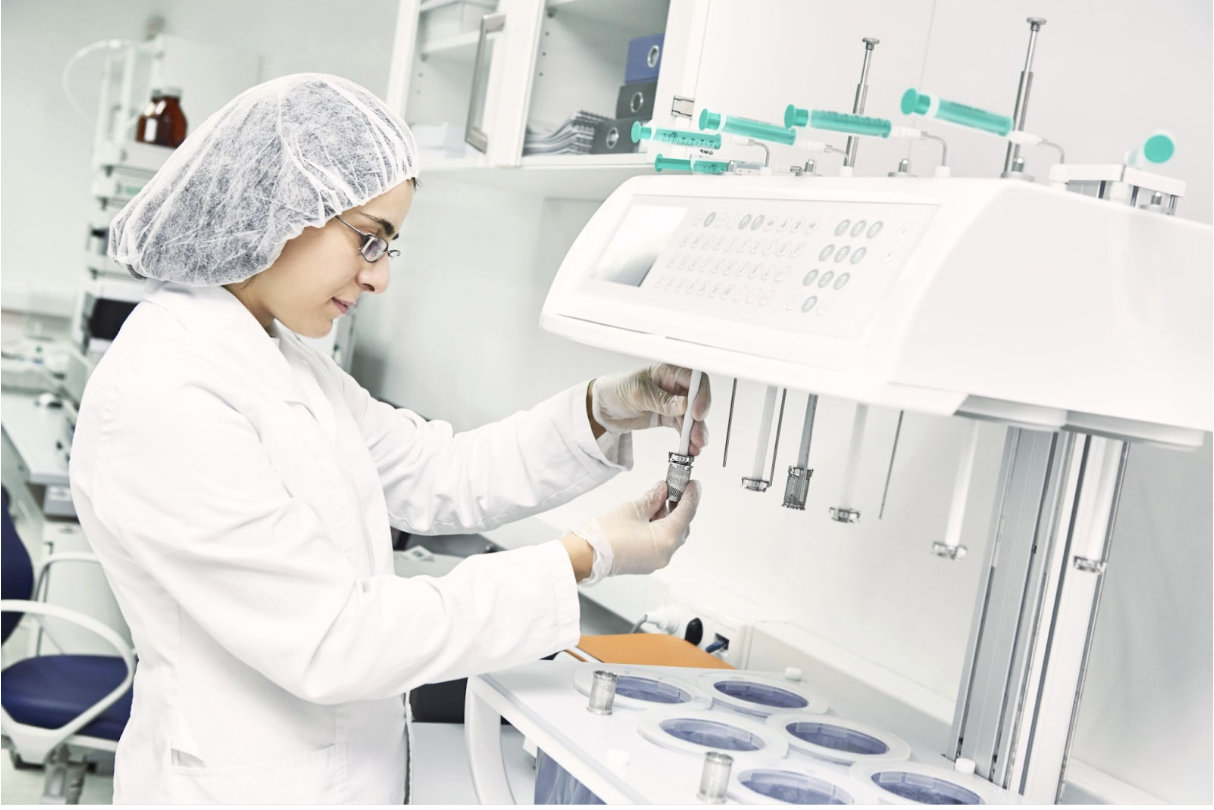Balancing Efficiency and Ecology: Environmentally Friendly Oilfield Chemicals
The oil and gas industry faces increasing pressure to reduce its environmental footprint. One key area of improvement is the use of environmentally friendly oilfield chemicals. These formulations maintain efficiency while minimizing ecological harm, ensuring a balance between performance and sustainability.
This article explores eco-friendly alternatives to traditional oilfield chemicals and their benefits.

The Need for Greener Oilfield Chemicals
Conventional drilling and recovery chemicals can pose risks to ecosystems, groundwater, and human health. Harsh solvents, heavy metals, and persistent pollutants contribute to contamination. By adopting environmentally friendly chemicals, operators can comply with regulations, improve safety, and reduce cleanup costs.
Key Environmentally Friendly Oilfield Chemicals
1. Biodegradable Surfactants
Surfactants reduce the surface tension between oil and water, aiding recovery. Traditional surfactants may persist in the environment, whereas biodegradable alternatives break down naturally.
- Sugar-based surfactants: Derived from renewable resources and degrade quickly.
- Biosurfactants: Produced by microorganisms, offering high efficiency with minimal toxicity.
2. Non-Toxic Drilling Fluids
Drilling fluids lubricate equipment, remove cuttings, and maintain pressure. Eco-friendly formulations reduce harmful byproducts.
- Water-based muds (WBM): Contain plant-based polymers and clays instead of synthetic additives.
- Silicate-based fluids: Offer stability while reducing toxicity.
3. Plant-Based Emulsifiers
Emulsifiers help manage fluid consistency and improve oil-water separation. Sustainable alternatives reduce environmental persistence.
- Lecithin-based emulsifiers: Derived from soy and sunflower sources.
- Cellulose-based additives: Enhance stability without synthetic compounds.
4. Green Corrosion Inhibitors
Corrosion inhibitors prevent equipment degradation, reducing maintenance and replacements. Many traditional inhibitors contain heavy metals, while eco-friendly options use natural extracts.
- Tannin-based inhibitors: Derived from plants, effective in acidic environments.
- Amino acid-based inhibitors: Offer metal protection without toxic byproducts.
5. Bio-Based Scale Inhibitors
Scale inhibitors prevent mineral buildup in pipelines and equipment. Conventional options rely on phosphonates, which contribute to water pollution. Green alternatives include:
- Biopolymer-based inhibitors: Made from renewable marine sources.
- Organic phosphates: Break down safely in water systems.
Benefits of Using Eco-Friendly Oilfield Chemicals
- Reduce Environmental Impact – Biodegradable and non-toxic chemicals lower pollution risks.
- Improve Worker Safety – Non-hazardous formulations reduce health risks for field personnel.
- Ensure Regulatory Compliance – Green additives help meet strict environmental standards.
- Enhance Operational Efficiency – Many eco-friendly chemicals match or exceed the performance of traditional options.
- Lower Cleanup Costs – Reduced contamination leads to fewer remediation expenses.
Challenges in Transitioning to Green Chemicals
- Cost Considerations: Some bio-based alternatives remain more expensive.
- Performance Testing: Not all eco-friendly formulations work under extreme conditions.
- Industry Adoption: Widespread use requires changes in procurement and operational strategies.
Conclusion
Environmentally friendly oilfield chemicals offer a sustainable approach to oil recovery and drilling. By adopting biodegradable surfactants, non-toxic drilling fluids, and plant-based additives, the industry can reduce its environmental impact without sacrificing efficiency. As demand for greener solutions grows, ongoing innovation will continue to shape the future of oilfield chemistry.

























